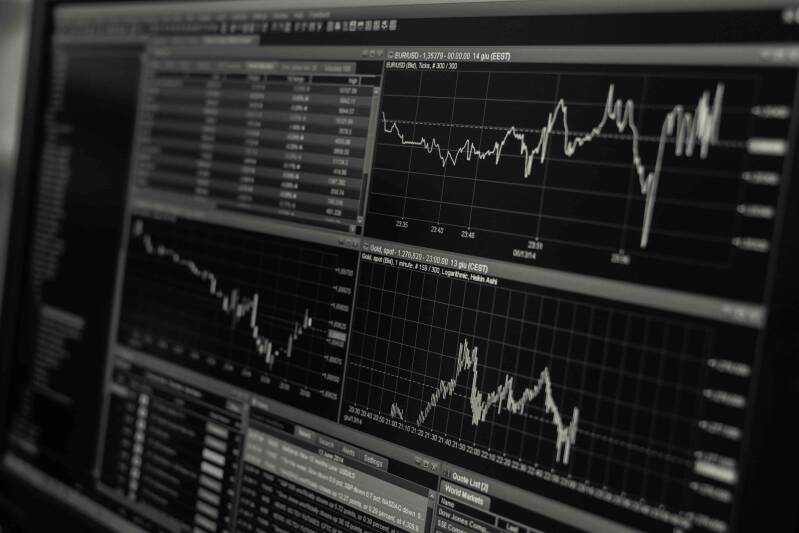Different factors and economic environments often impact financial markets. While the market's current stage may tell a story, it can change altogether in a few moments due to a change in the business environment. Understanding the current drift of a market cycle will help traders understand when to enter and exit the market and put them in an advantageous position over other non-informed traders.
Therefore, in this article, we will discuss what market cycles are and the different stages of a market cycle.

What are Market Cycles?
Market cycles, or market phases as they are sometimes called, are specific patterns in the market that often form, with certain business or market shifts. In a market cycle, some stocks may get a bullish run, while others may experience a bearish run. Therefore, it is essential to identify the market's current cycle and which stocks will rise.
There is no set time limit a cycle stays for. For scalpers and day traders, a cycle may end in 5 minutes, while for long traders, a cycle may even last one year. Therefore, it is crucial to understand the market phase from the point of view you are trading with. Moreover, it may be difficult to pinpoint the beginning and the culmination of a market cycle. Still, it is essential to perceive that every cycle has more or less the same style - a rise in the beginning, a peak, a dip and bottom at the end.
Here are the four stages of a market cycle.
Main Stages of a Market Cycle
There are four stages of a market cycle— Accumulation, Mark-Up, Distribution and Downtrend.
# 1 Accumulation
In every trading market cycle, the accumulation stage will be the first one. It begins when the previous market cycle ends or has bottomed out, and denotes the best time to enter the market and purchase assets. This is because of the last cycle's dip, as assets are at a low price due to the downtrend losing momentum.
# 2 Mark-Up
In the mark-up market stage, the prices tend to increase, and the market tends to attract more traders, who want to join this upward trend. At this stage, automated trading tools also start buying as the prices are on the rise, and market sentiments change. As the mark-up market phase tends to reach its final juncture, traders wait for a sign of price correction so they can sell their assets.
# 3 Distribution
As the mark-up market stage ends, the distribution stage comes in. It is identified as the phase when the asset stops reaching higher highs, and the buying frequency also slows down. The bullish trend accumulated recently slows down and tends to vanish as the distribution stage comes on. Therefore, traders can make huge profits by selling in this market cycle, as the prices will start tumbling down.
# 4 Downtrend
The last stage of a market cycle is the downtrend stage, which follows the distribution stage. As the market witnesses a bearish trend, investors jump the ship and start selling their holdings and lock in the profits. This increase the pressure on other traders, who start selling as well. The only traders who remain in the asset are the ones who purchased when the price was at high highs, and are hoping for a bounceback. However, this market cycle is nearing its end, and the downtrend will only drive the price lower.
Overview
Understanding the market cycles, and their stages is an excellent opportunity for traders to take advantage of the market dynamics. While it may be challenging to identify the beginning and an end of a cycle or a stage, with experience, traders often make correct decisions to generate significant profits.
Reactie plaatsen
Reacties